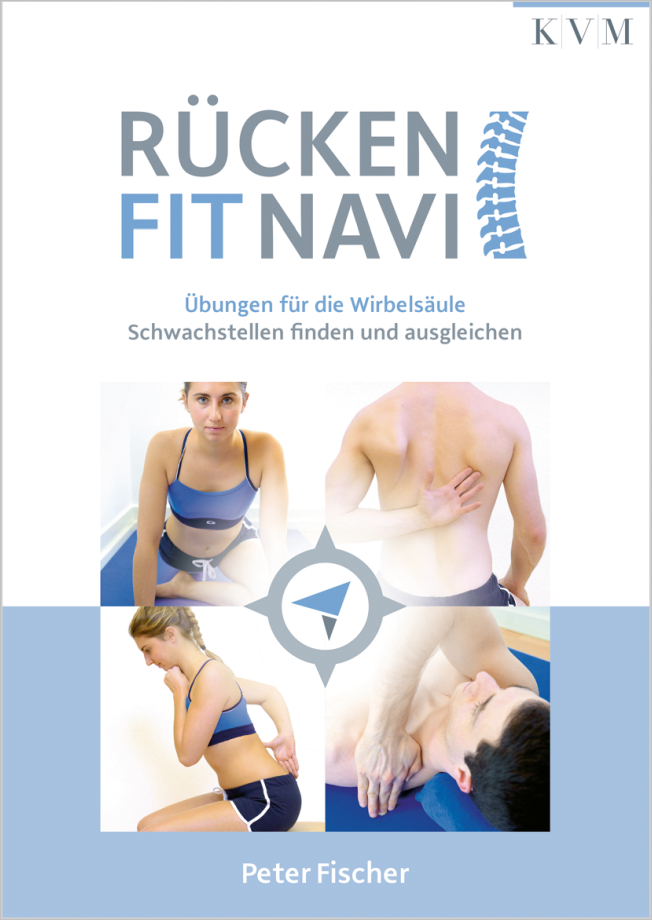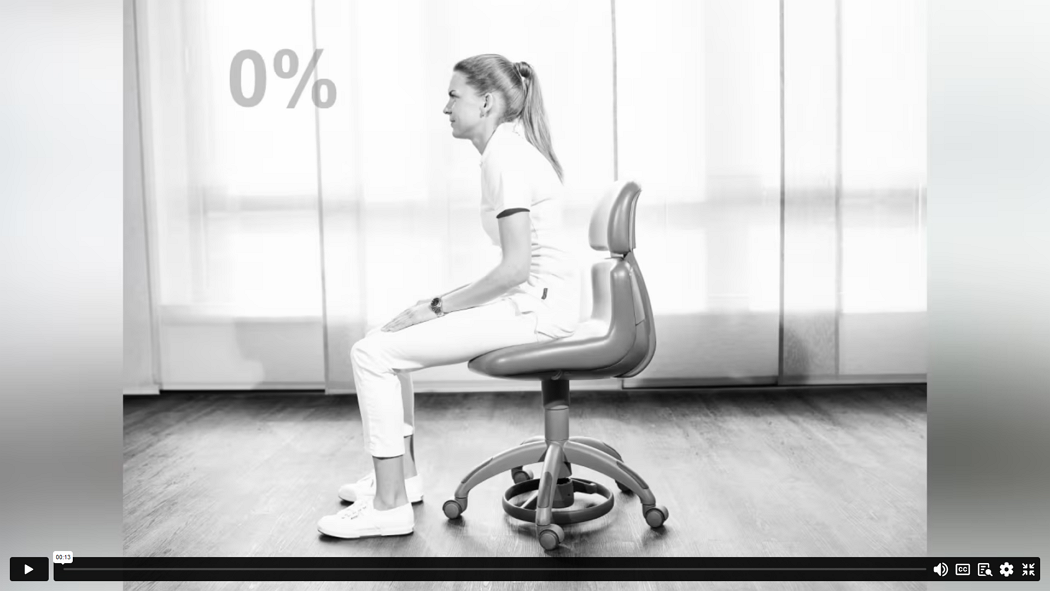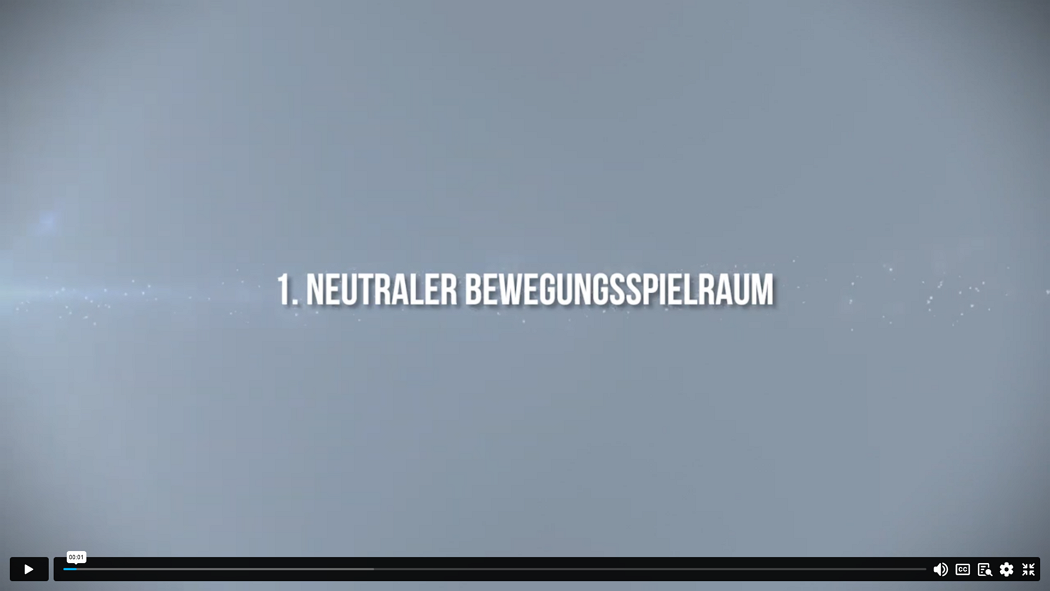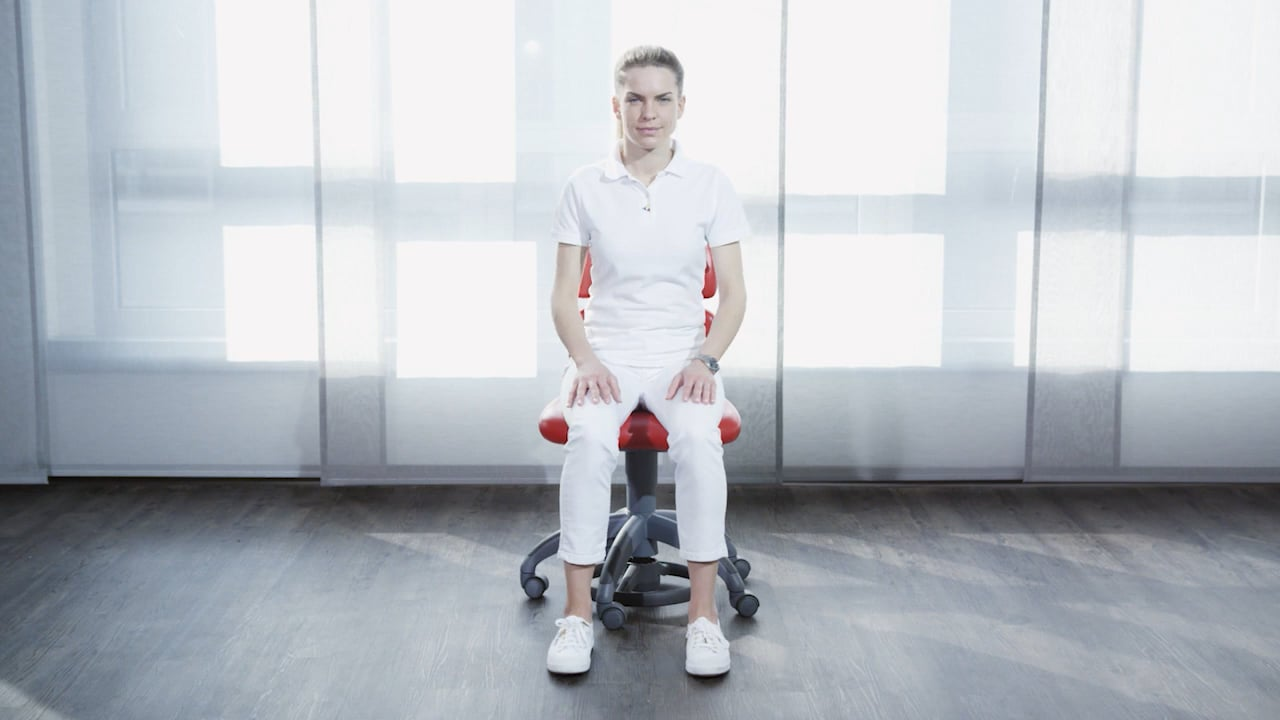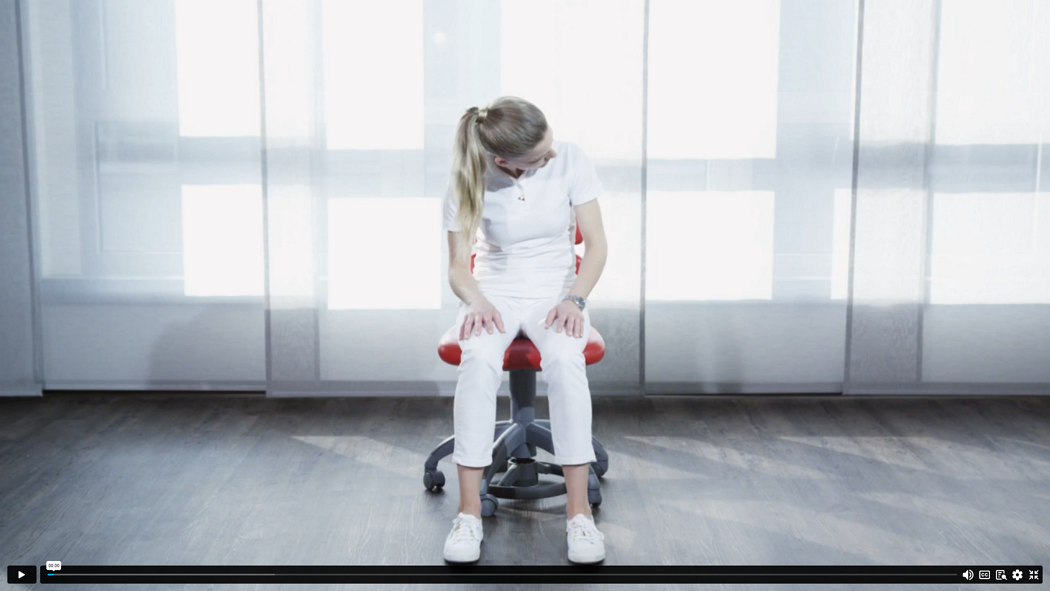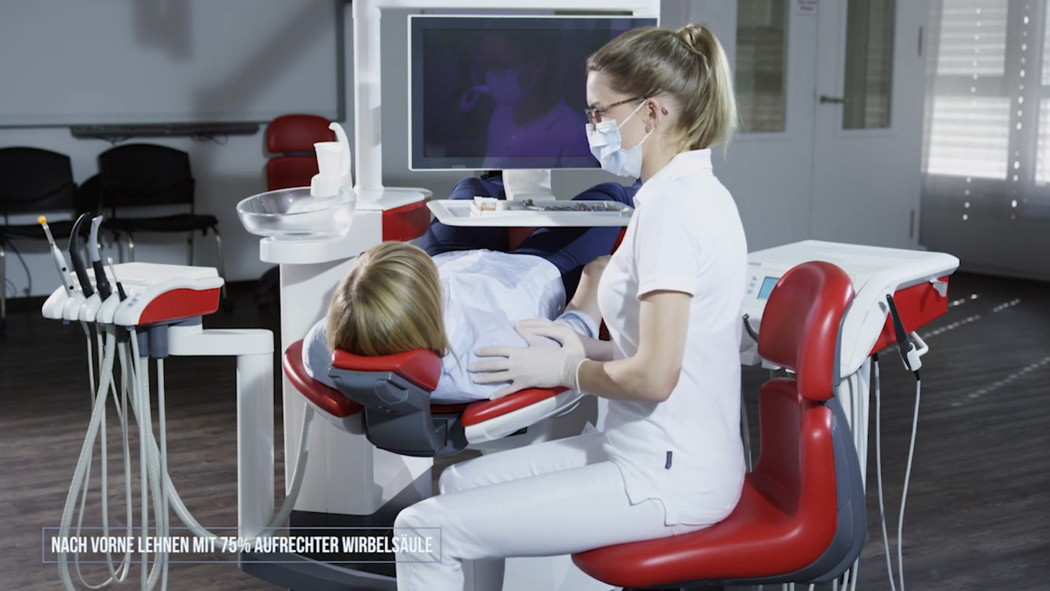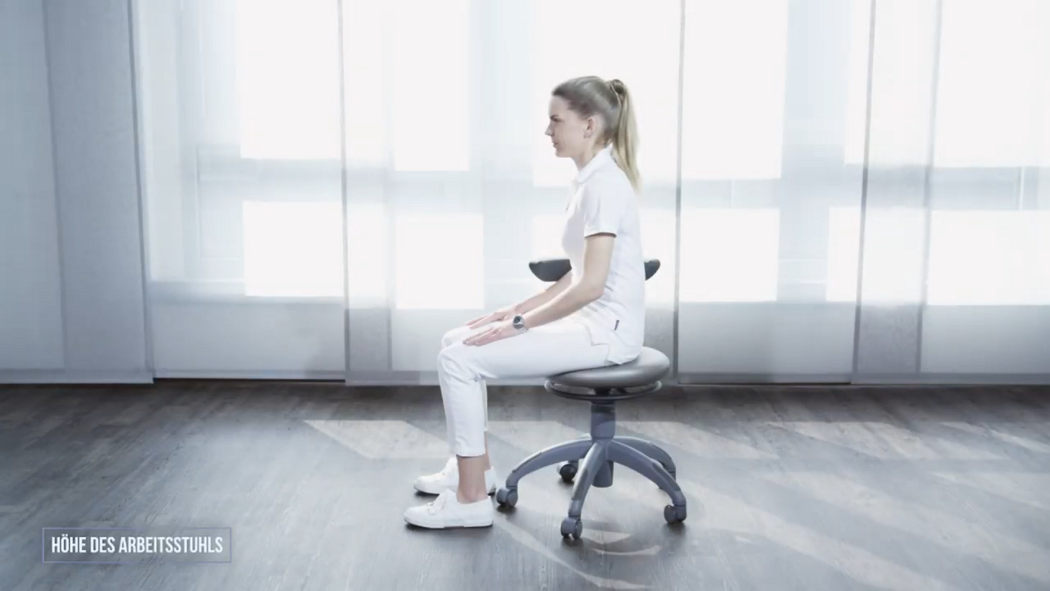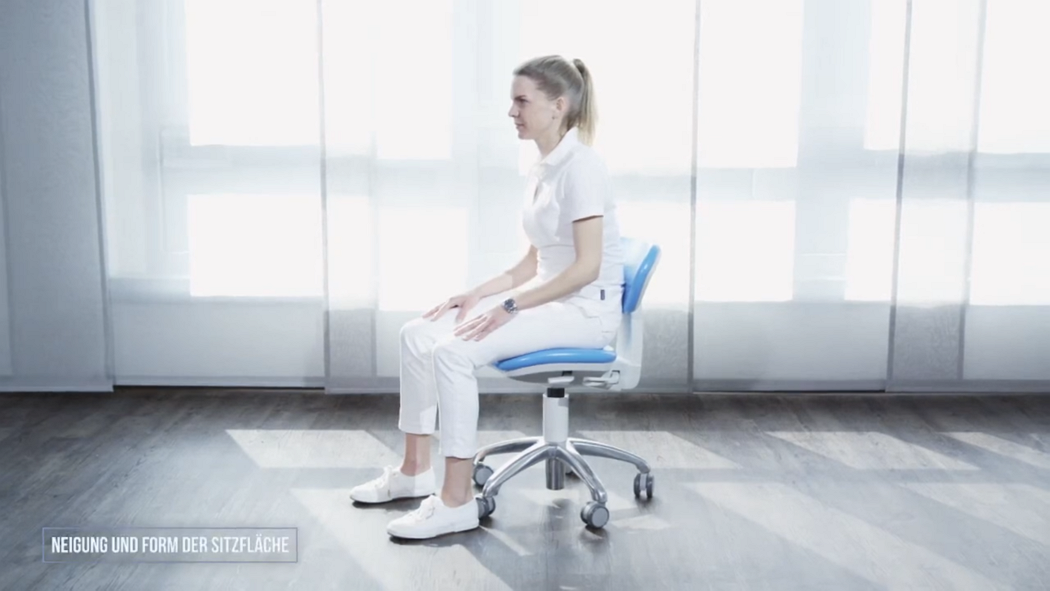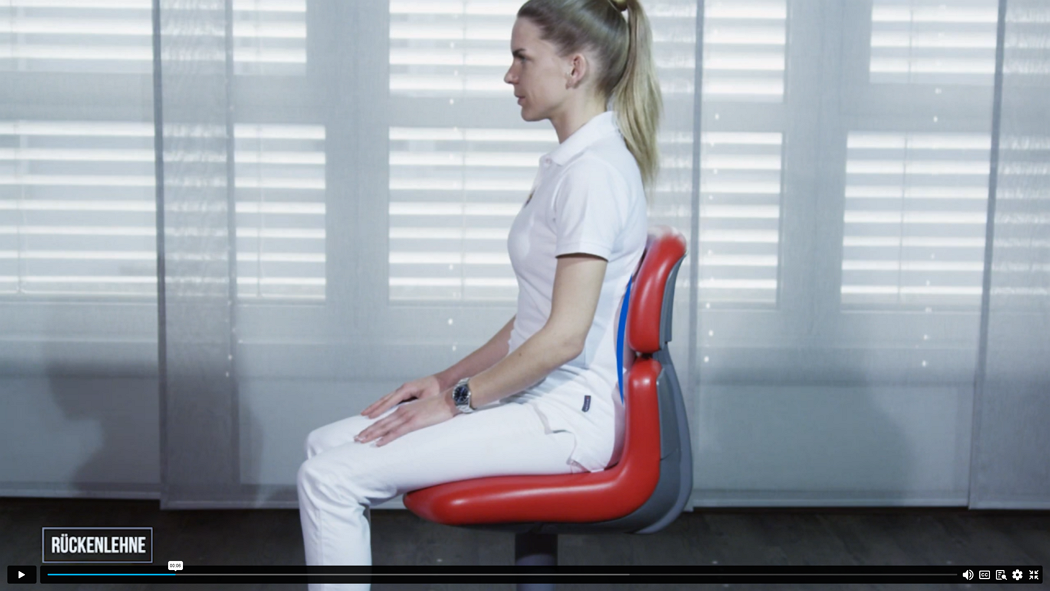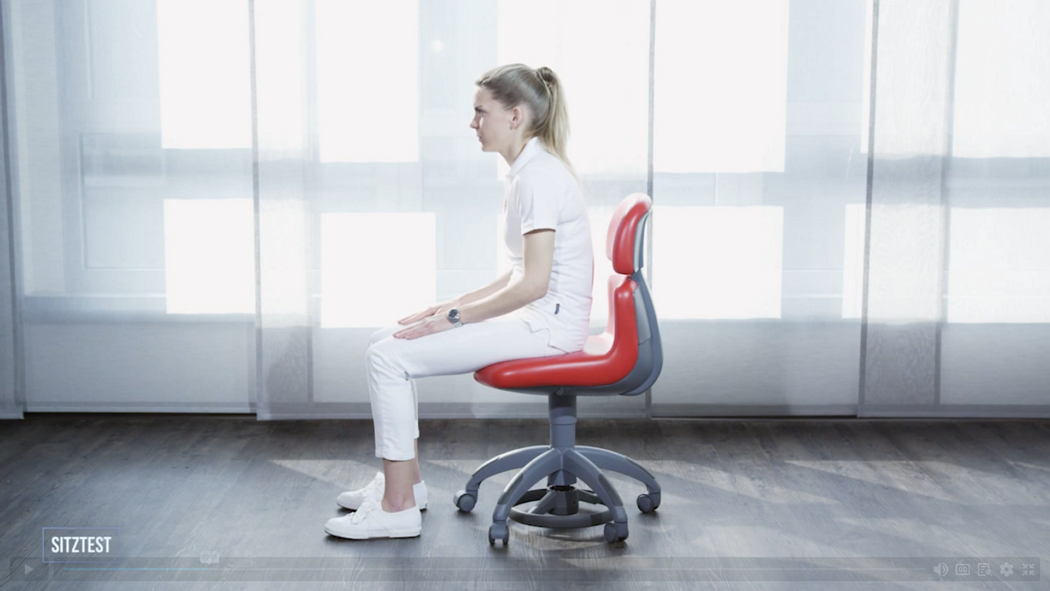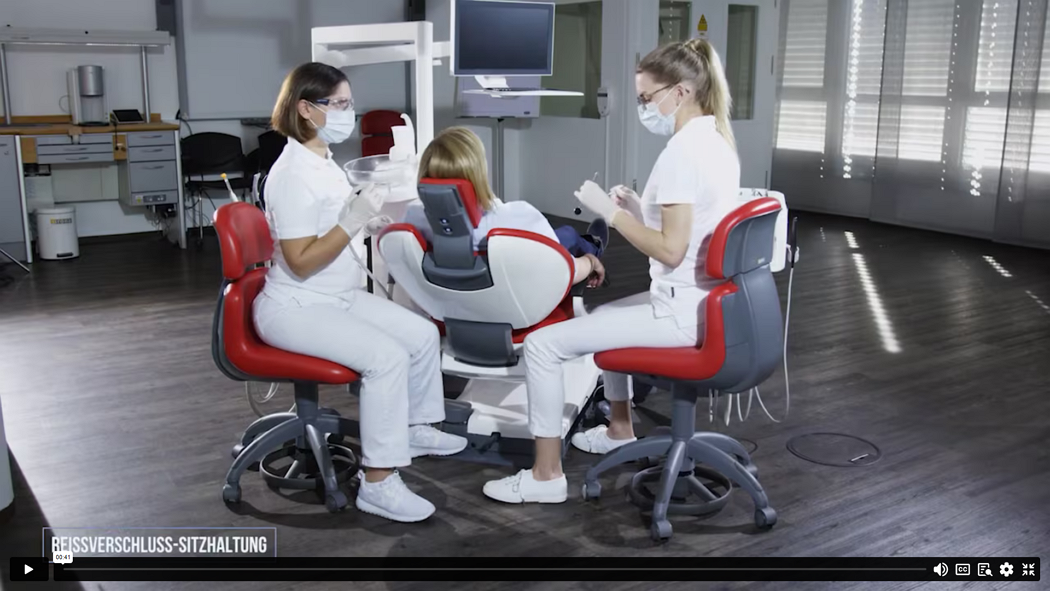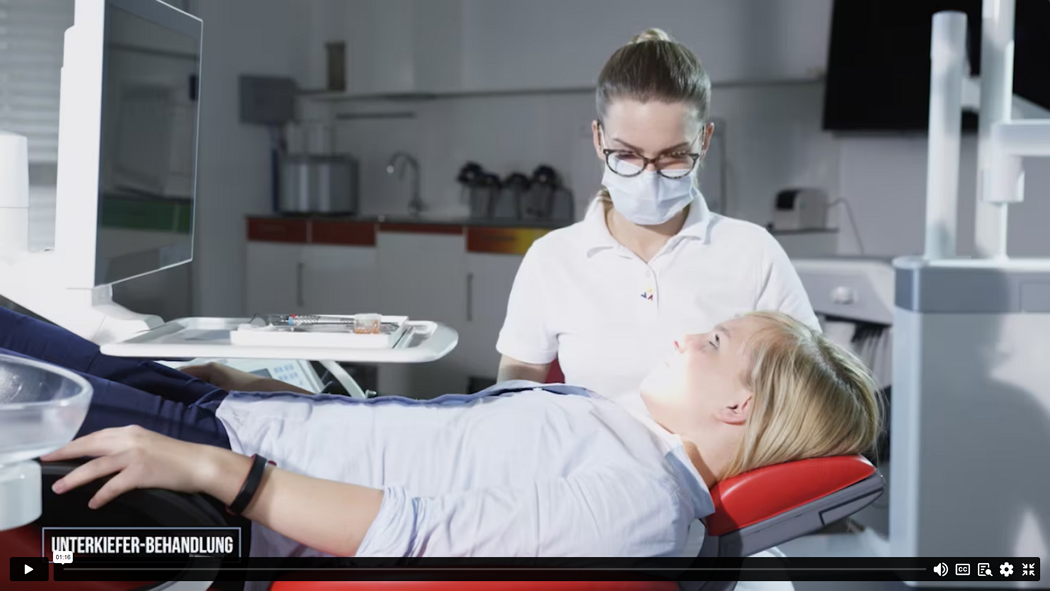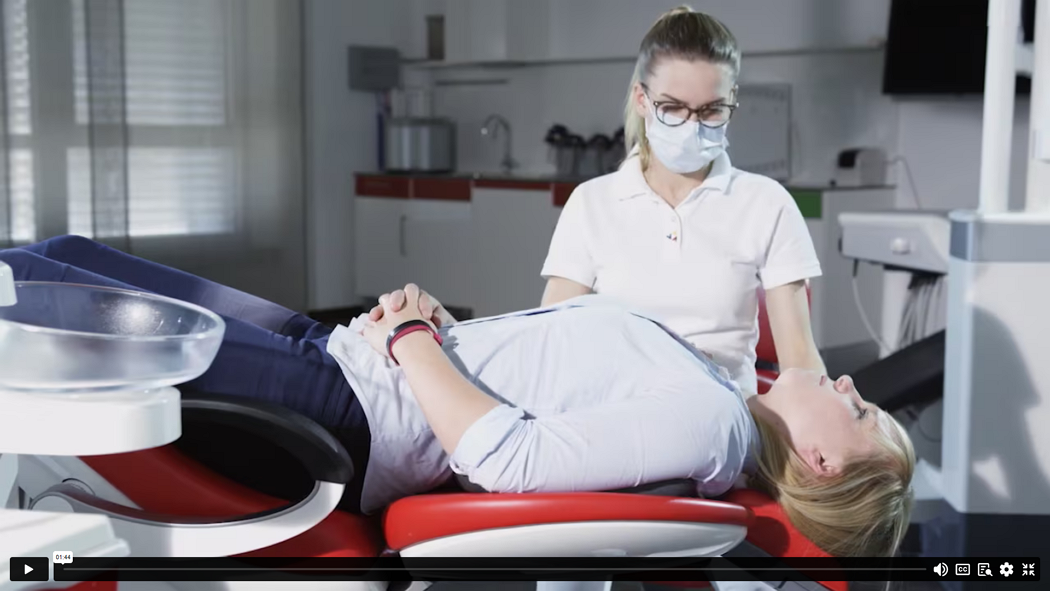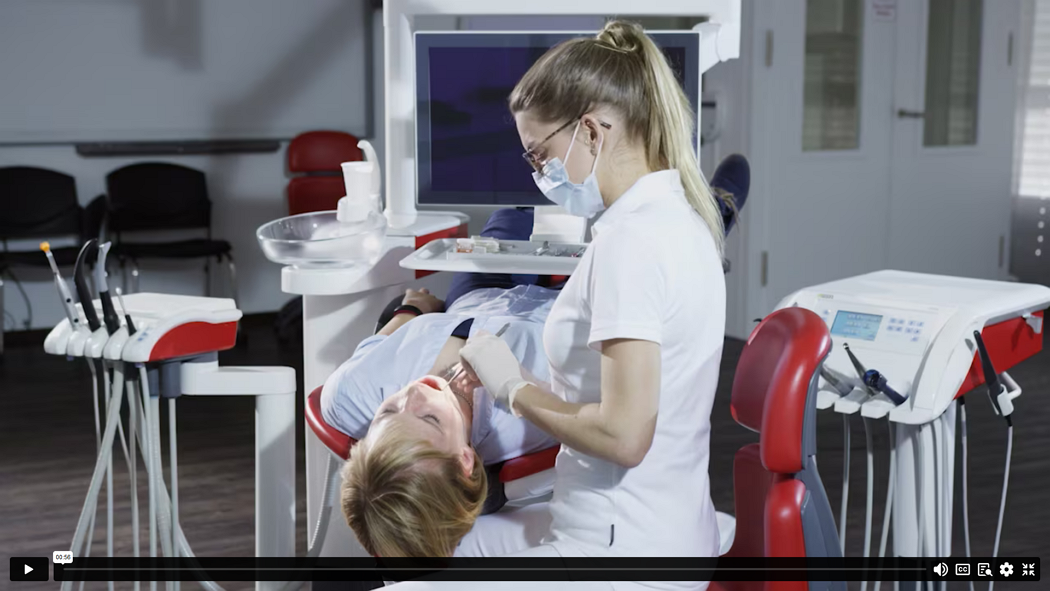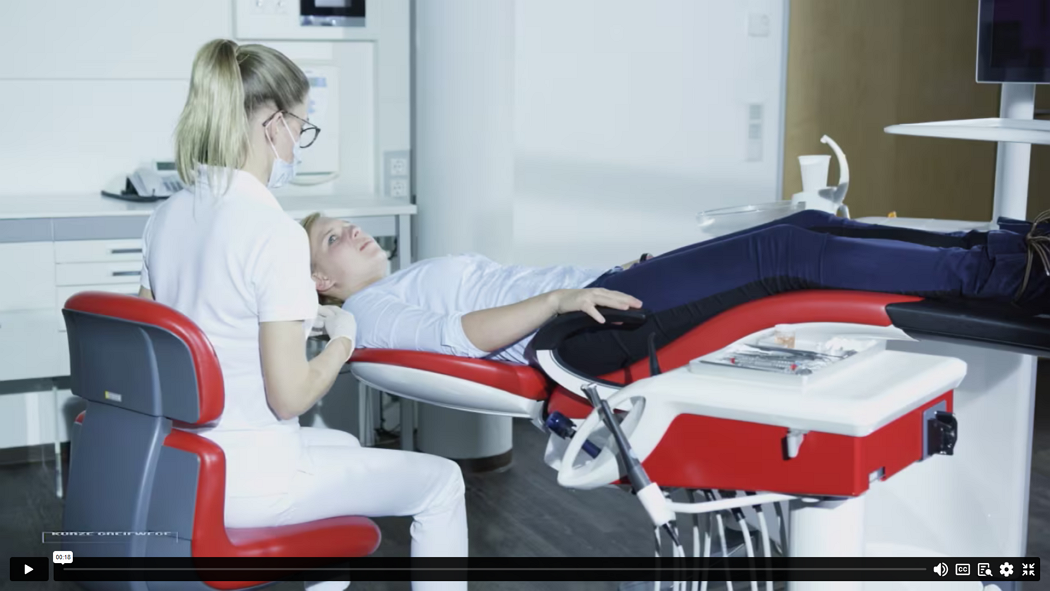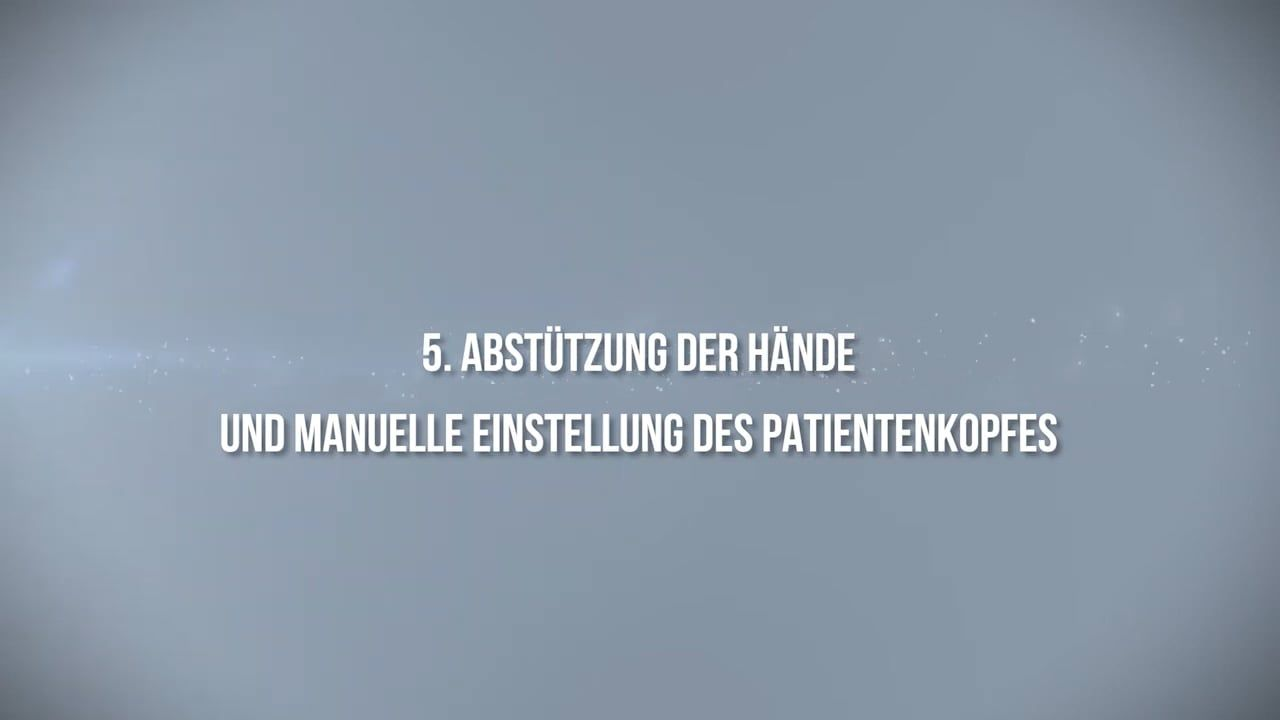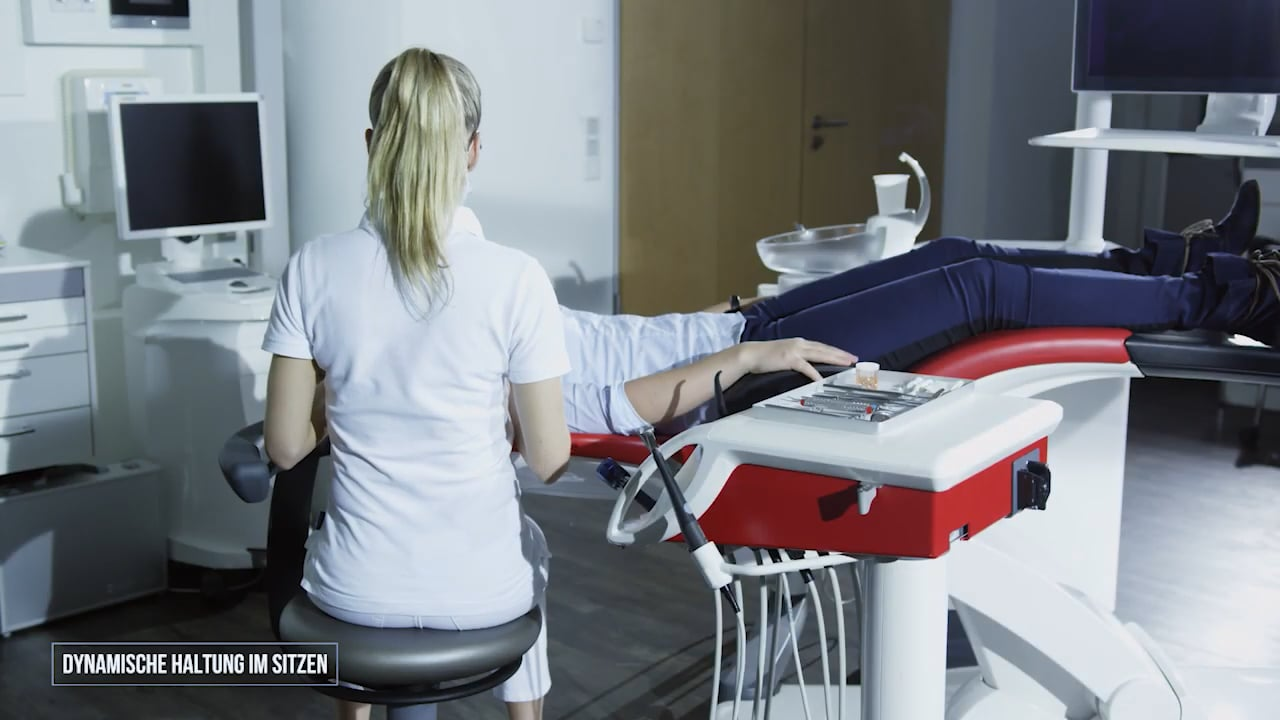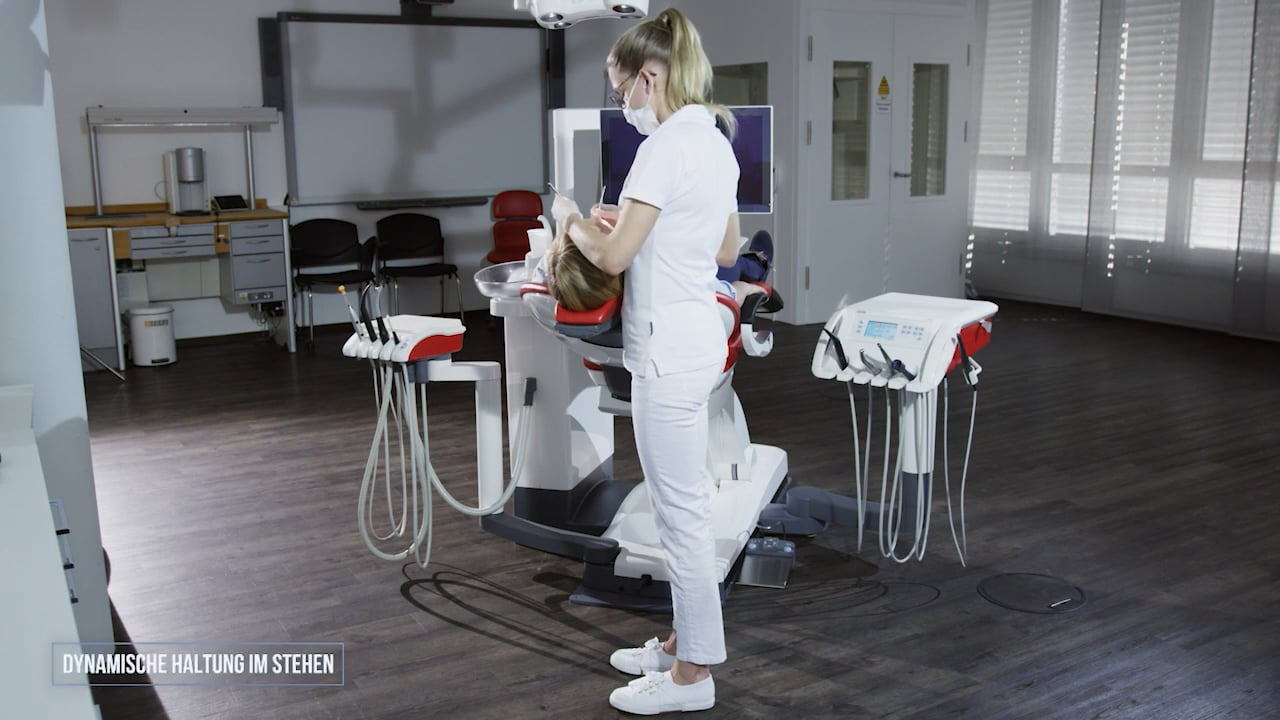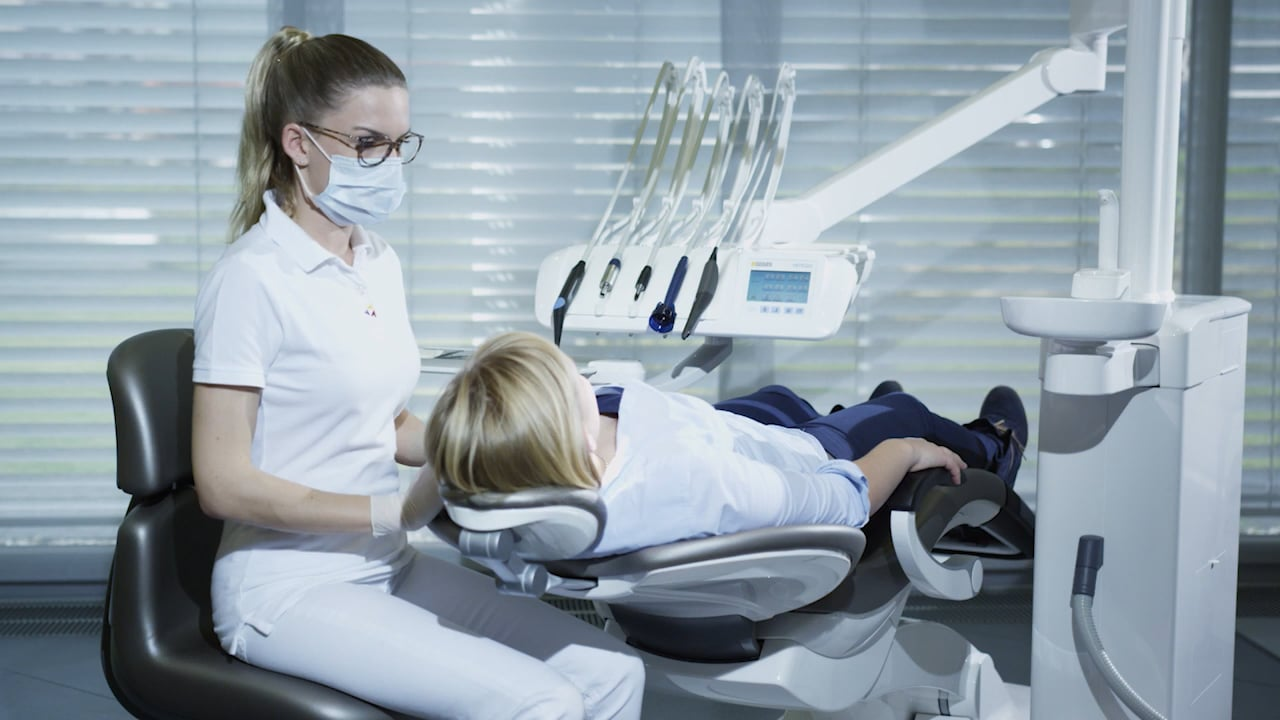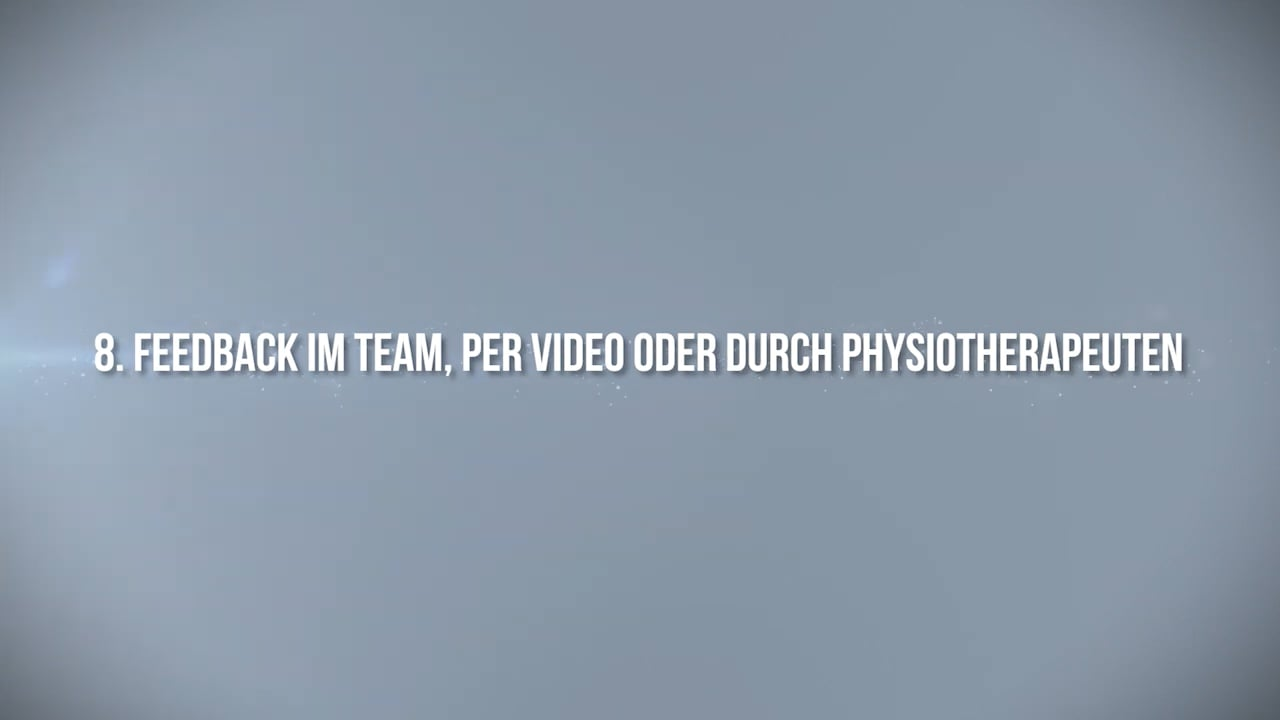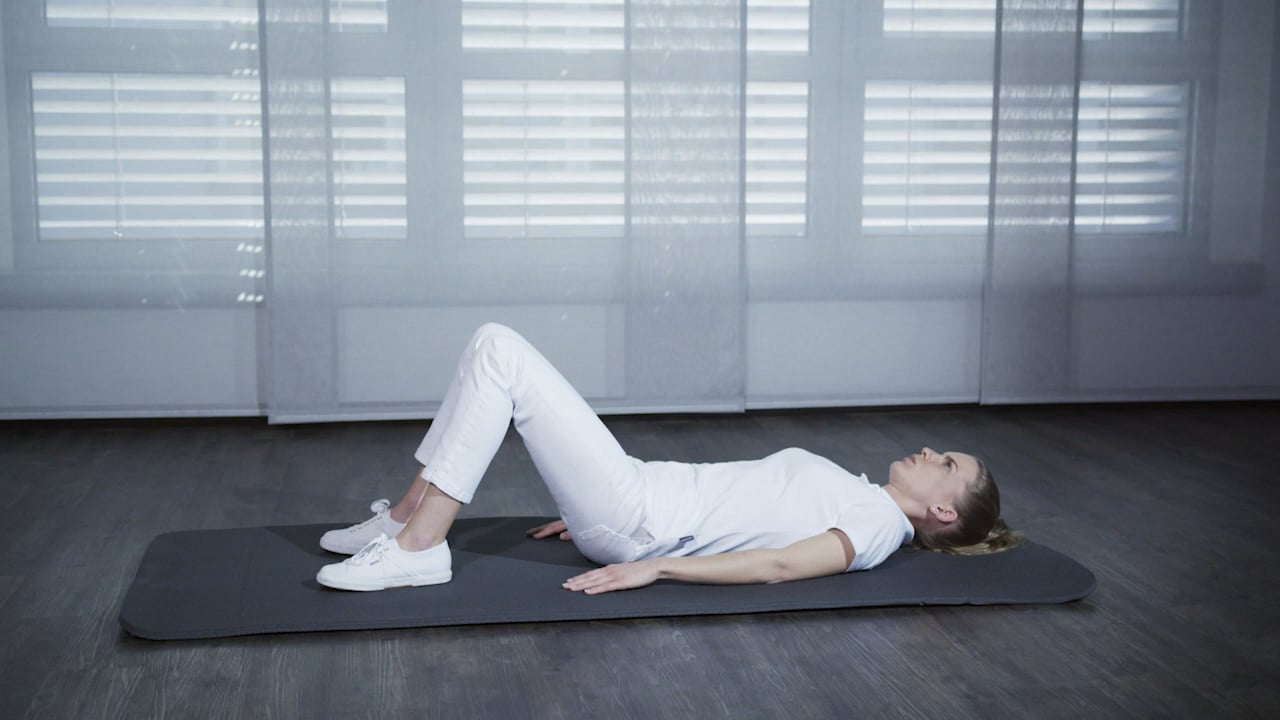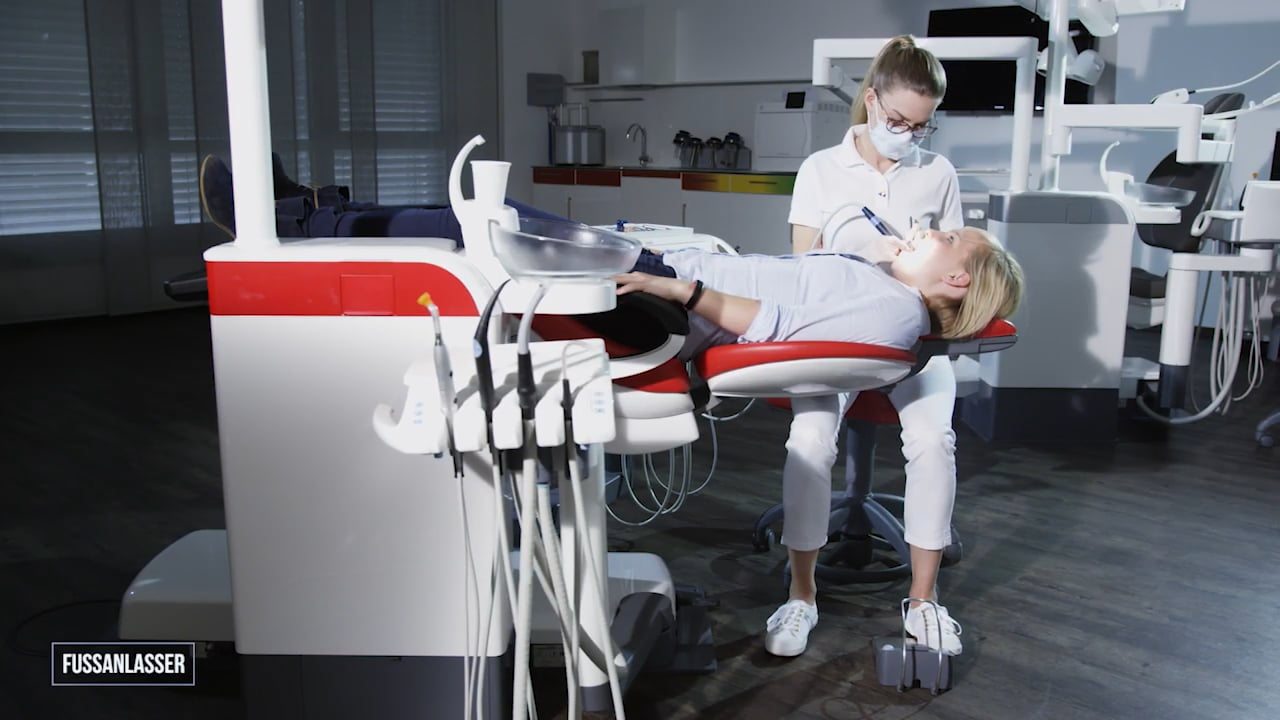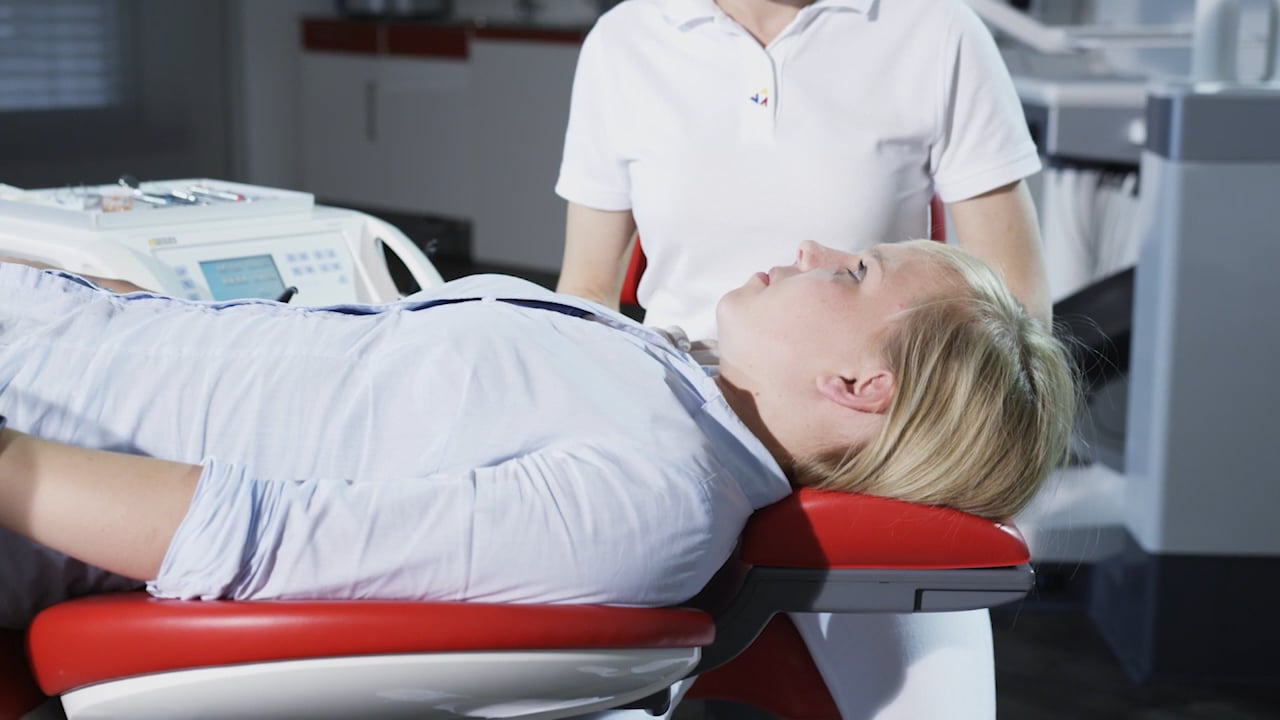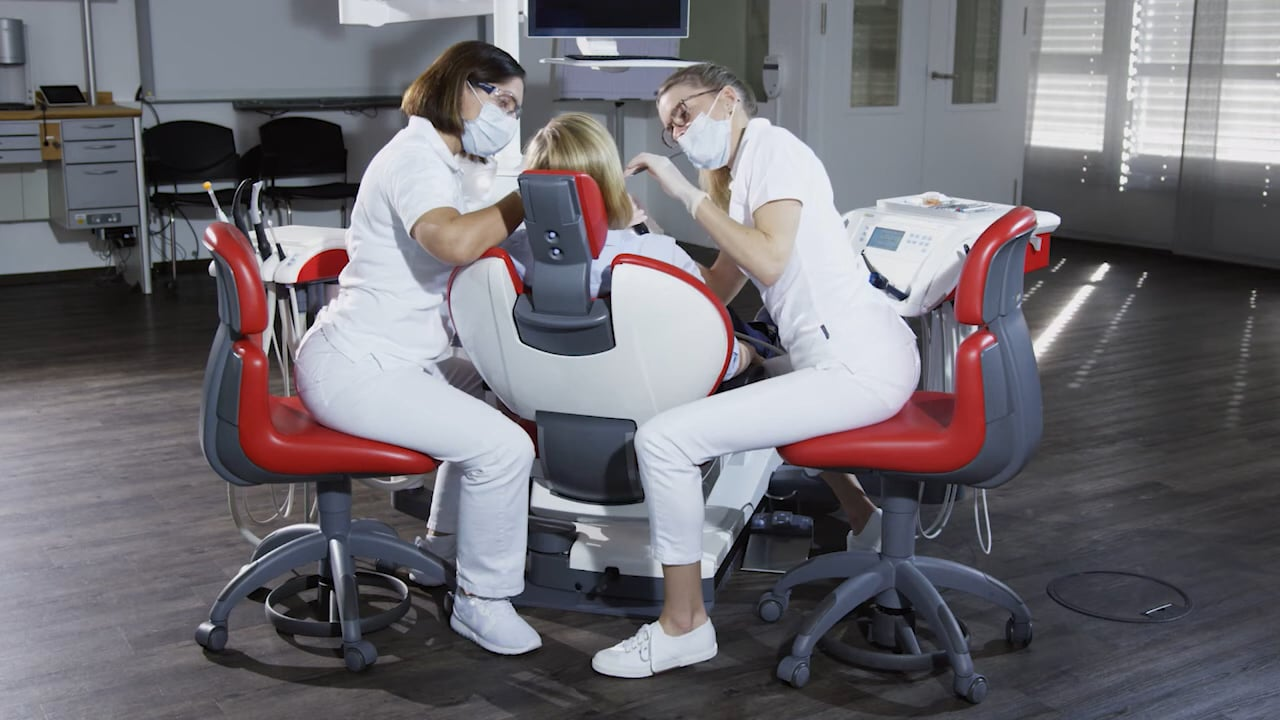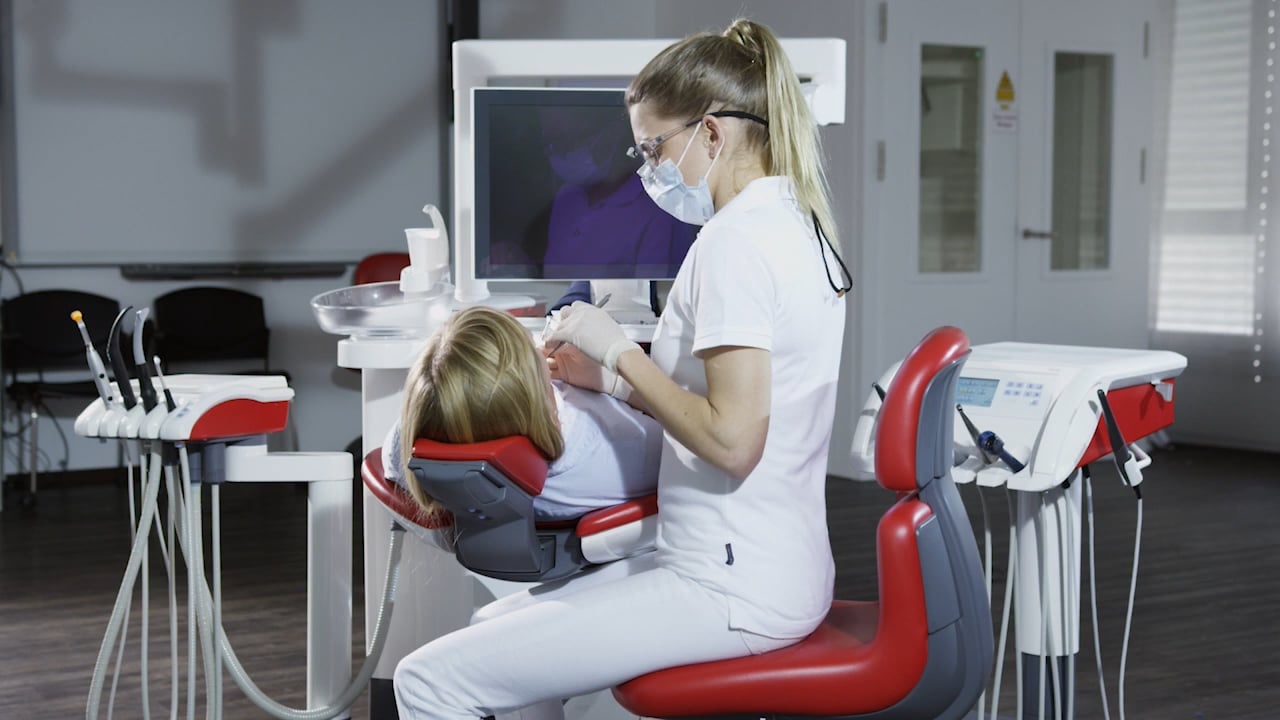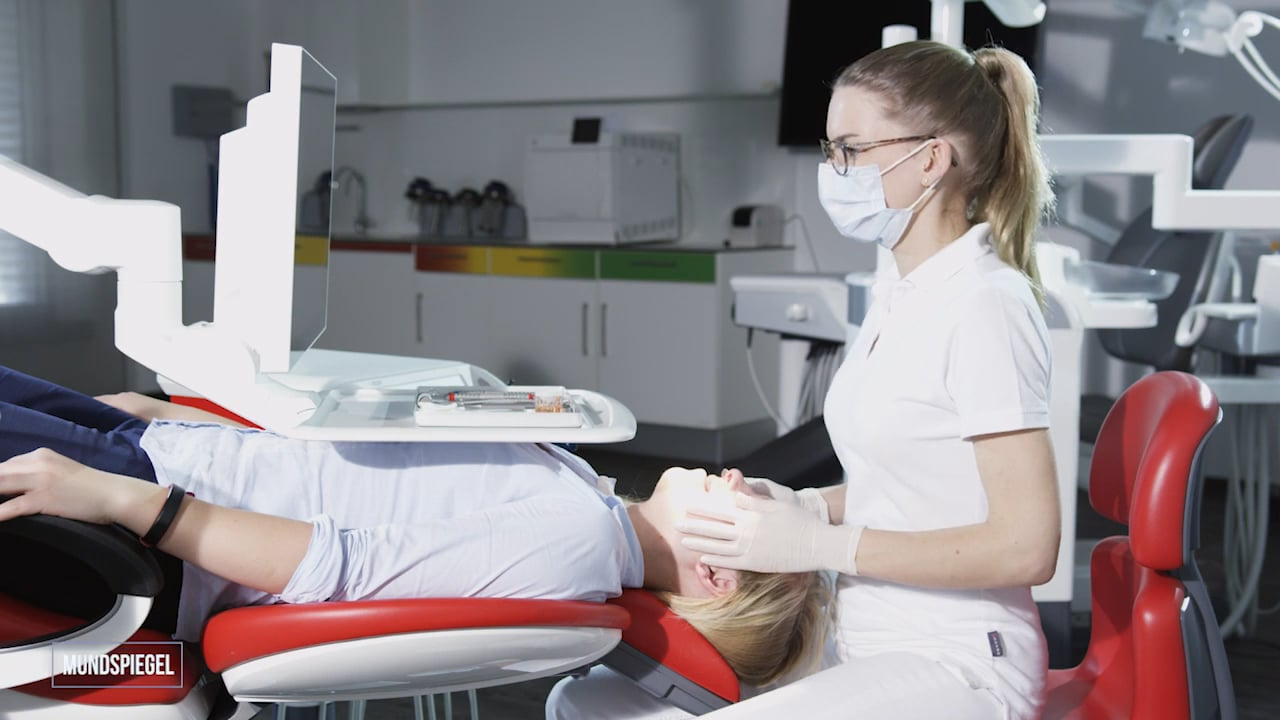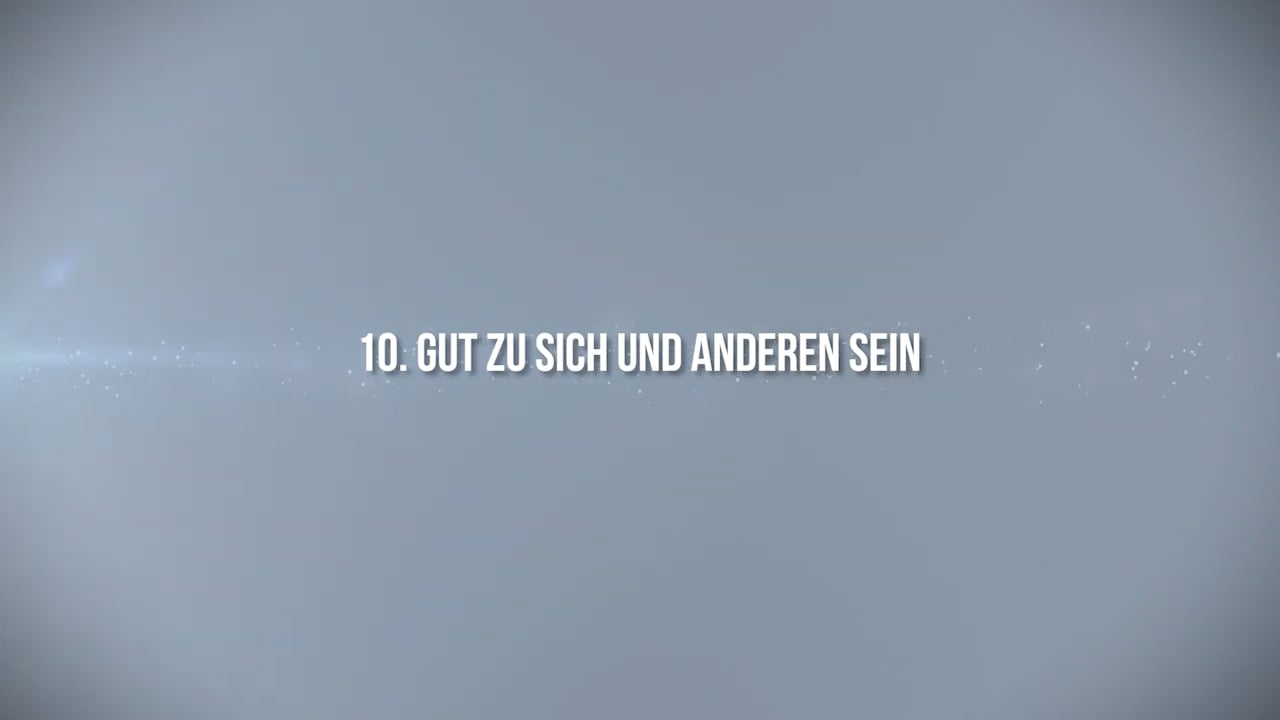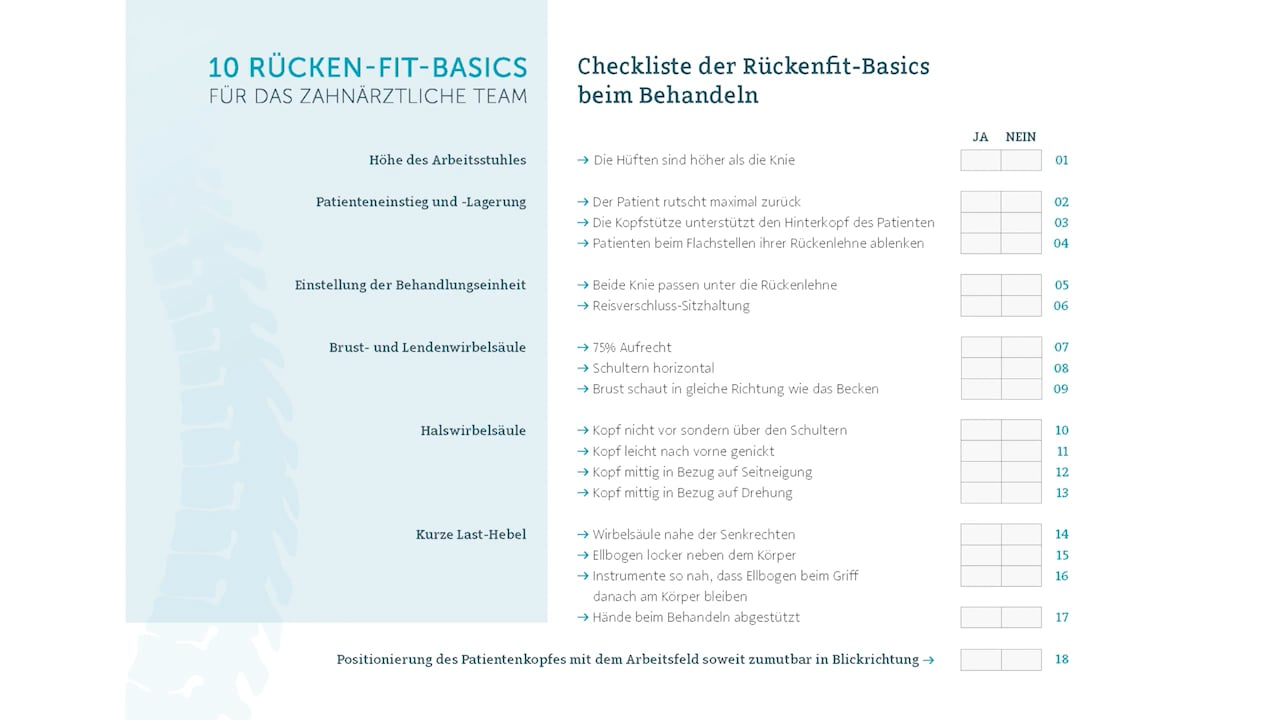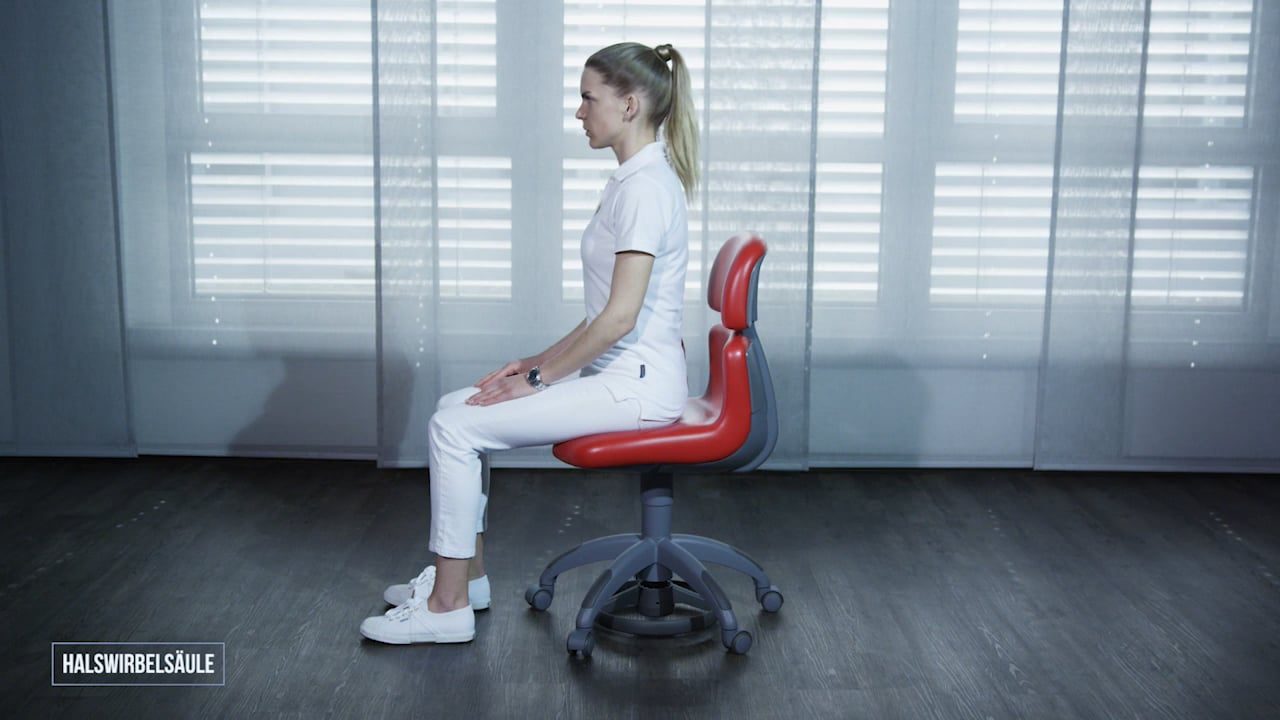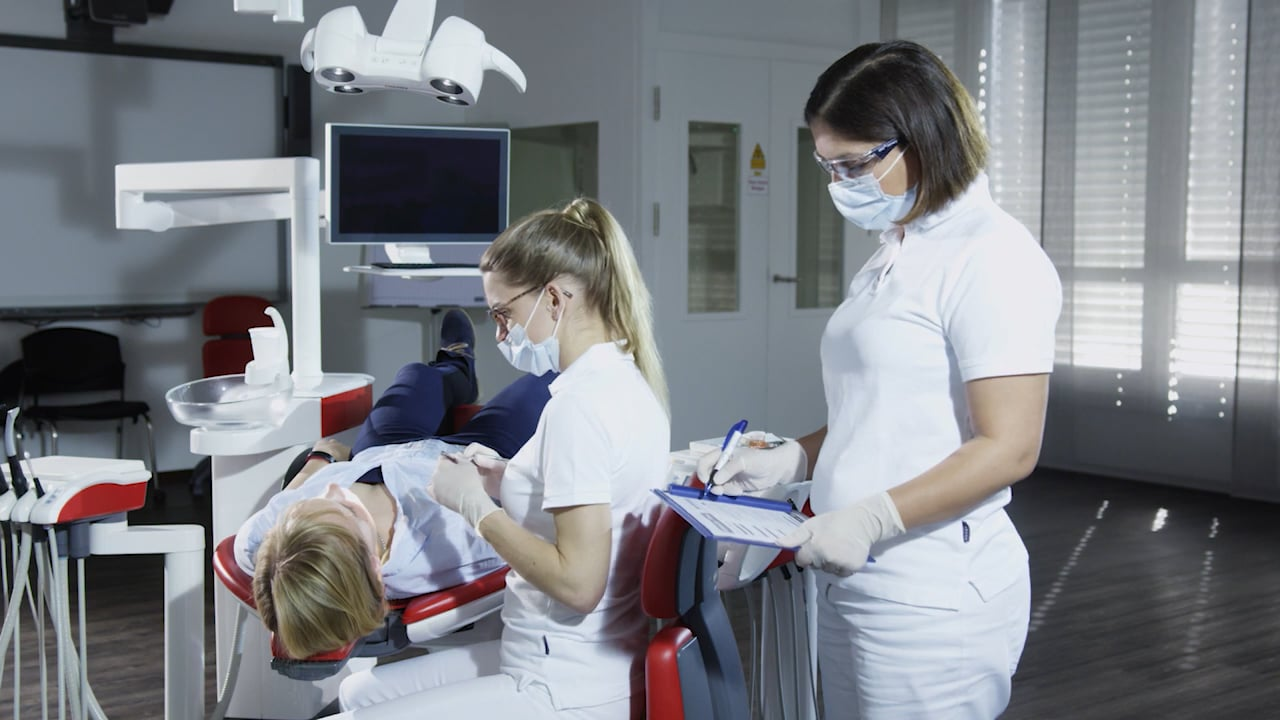Qdent, 4/2018
RatgeberSeiten: 36-37, Sprache: DeutschFischer, PeterDie meisten Studenten der Zahnmedizin sind sich bei der Wahl ihres Studiums vermutlich nicht bewusst, dass die Zahnmedizin nicht nur technische Hochleistung bei der Zahnbehandlung erfordert, sondern auch ein Leistungssport für ihre Wirbelsäule ist. Wer hier untrainiert und ohne Bewusstsein für die biomechanischen Zusammenhänge an den Start geht, kommt schnell an seine Grenzen. Schmerzen und Berufsunfähigkeit sind dann zu oft die Folge. Peter Fischer gibt seit 19 Jahren in Zahnarztpraxen und Dentaldepots regelmäßig Rückenfitnesskurse für Zahnärzte und das gesamte zahnärztliche Team. Noch besser ist es jedoch, eine gesunde Wirbelsäulenhaltung bereits im Studium zu erlernen. Im Rahmen eines Lehrauftrags an der Zahnklinik Tübingen vermittelt Herr Fischer den Studenten der Zahnmedizin deshalb eine ergonomische Arbeitsweise und geeignete Ausgleichsübungen: gleich zu Beginn am Phantomkurs, damit schlechte Angewohnheiten erst gar nicht entstehen und ein zweites Mal im Prothetiksemester, wo dann mehr am Patienten gearbeitet wird.
The International Journal of Oral & Maxillofacial Implants, 1/2011
PubMed-ID: 21365049Seiten: 139-147, Sprache: EnglischStrietzel, Frank Peter / Karmon, Benny / Lorean, Adi / Fischer, Peter PaulPurpose: This study sought to evaluate treatment outcomes of implant-prosthetic rehabilitation with implants in the edentulous maxilla or mandible that were immediately loaded by fixed prostheses. Special consideration was given to the time of implantation (immediate, delayed, or late implant placement).
Materials and Methods: Twenty-five patients who received 283 immediately loaded screw-type implants were included in this retrospective study. Data captured included patient file information, panoramic and periapical radiographs obtained during treatment, and clinical parameters examined during the recall period. Clinical and radiographic status of peri-implant soft and hard tissue was evaluated, as well as the function of prostheses and subjective assessment by the patients of the treatment. Survival/success rates were analyzed with respect to the time of implantation.
Results: Following a maximum observation period of 120 months (median 29 months) postimplantation and subsequent immediate functional loading, implant survival was 99.6% (one implant failed after 20 months). The success rates were 98.2% for implants and 88% for patients; five implants in three patients did not meet success criteria. Neither the implant site nor the time of implantation were associated with unsuccessful outcomes. Implant-related evaluations revealed a significant association between implant success and implant length of 10 mm or less (P .018).
Conclusion: Within the limits of this study, immediate loading of rough-surfaced, screw-type implants supporting fixed dentures for the treatment of edentulous maxilla or mandible appears to be a reliable treatment option with a high probability of success. The time of implantation did not influence implant survival or success rates.
Schlagwörter: delayed implantation, dental implants, edentulism, fixed prostheses, immediate loading, immediate implant placement, implant-prosthetic rehabilitation, late implantation




